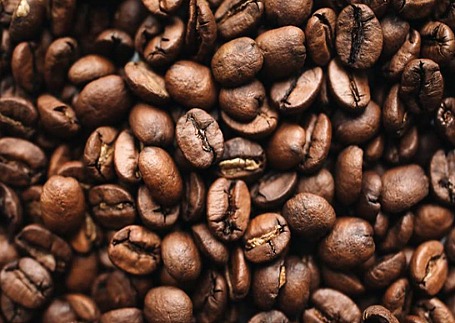A Step-by-Step Guide to Roasting Your Own Coffee Beans
 Do you love drinking coffee? If the answer is yes, then you definitely aren’t alone. In fact, millions of people start their day with their favorite cup of Joe.
Do you love drinking coffee? If the answer is yes, then you definitely aren’t alone. In fact, millions of people start their day with their favorite cup of Joe.
The key to making the perfect cup of coffee requires having the right tools and great coffee beans. There are several different methods of brewing coffee, from drip to pour over to French press, but the process always starts with great beans.
This article takes a look at roasting your own coffee beans. It’s not as complicated as you might think, so keep reading to discover the secret to taking your coffee-drinking experience to the next level.
Buying a Roaster
When choosing a bean roaster for your home, it’s important to understand that there’s more than one way to roast coffee. First, you’ll need to know how much coffee you intend to roast along with the amount you can afford to spend.
Believe it or not, you can use something as simple as an electric popcorn popper or a skillet, or buy a roaster with tons of automated features.
Selecting Your Beans
Next, you’ll need green coffee beans. That’s right, raw coffee beans are green. The beans you choose come down to a matter of taste. After all, everyone prefers something different.
The key is to sample a wide variety of beans in order to decide what flavor characteristics you like best.
Intercontinental Coffee Trading is a great bean source.
Yellowing
Yellowing is the first step of the roasting process. This takes only a few minutes and turns the beans from greenish to lighter yellowish and they will begin to emit a bit of a grassy smell.
As the internal water content quickly dissipates, you should notice steam rising from the beans. This is commonly known as the drying stage.
First Crack
During the steaming process, you’ll soon hear the first crack. This is an audible sound that occurs as the real roasting starts. This happens due to caramelization as bound-up water escapes, resulting in the breakdown of the bean’s structure.
First Roasted Stage
Once you’ve heard the first crack, you can roast according to taste. The sound of the first crack is your cue to start paying close attention to the color and smell of the beans.
Caramelization
During the caramelization process, as the beans expand and oils migrate, the roast will darken. At this stage, the beans are on the verge of the second crack.
Second Crack
The second crack is typically more volatile than the first. The flavor characteristics resulting from this stage is generally known as a Vienna roast.
Darkening the Roast
The longer you roast beyond the second crack, the darker the beans will become, producing a pungent and smoky flavor. The bean structure will continue to breakdown, resulting in a French roast.
Just be cautious to not roast too long or your coffee will taste burnt.
A Guide to Roasting Your Own Coffee that Every Coffee Drinker Should Know
Drinking coffee is one of the great joys of life. Fortunately, these tips for roasting your own coffee will help make the experience even more enriching and satisfying.
Keep exploring our blog for more great tips and advice!